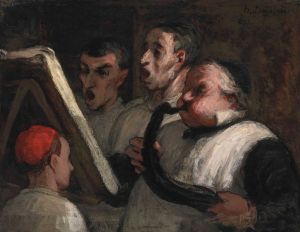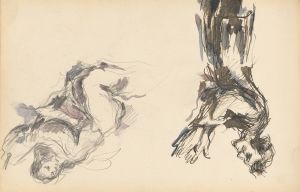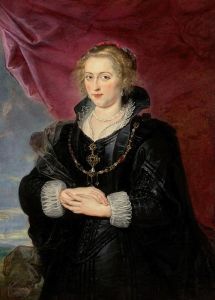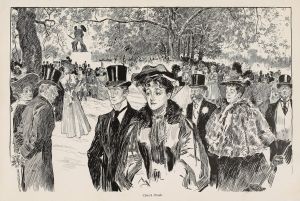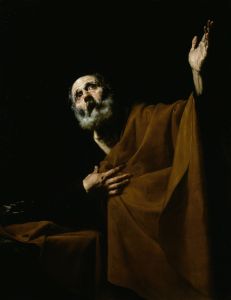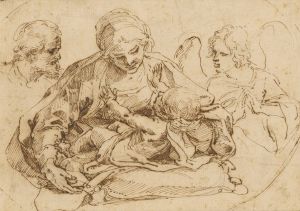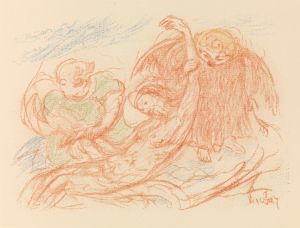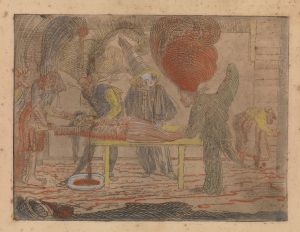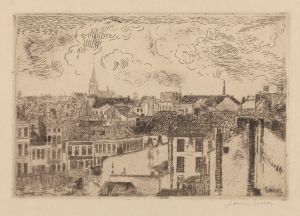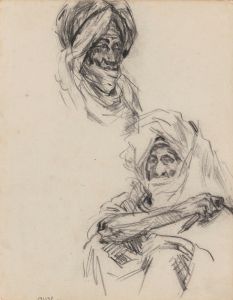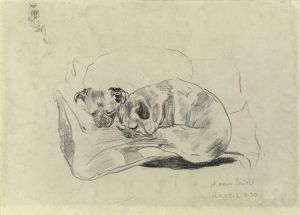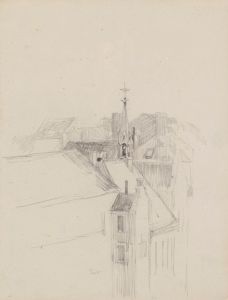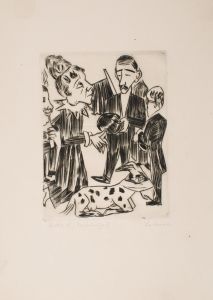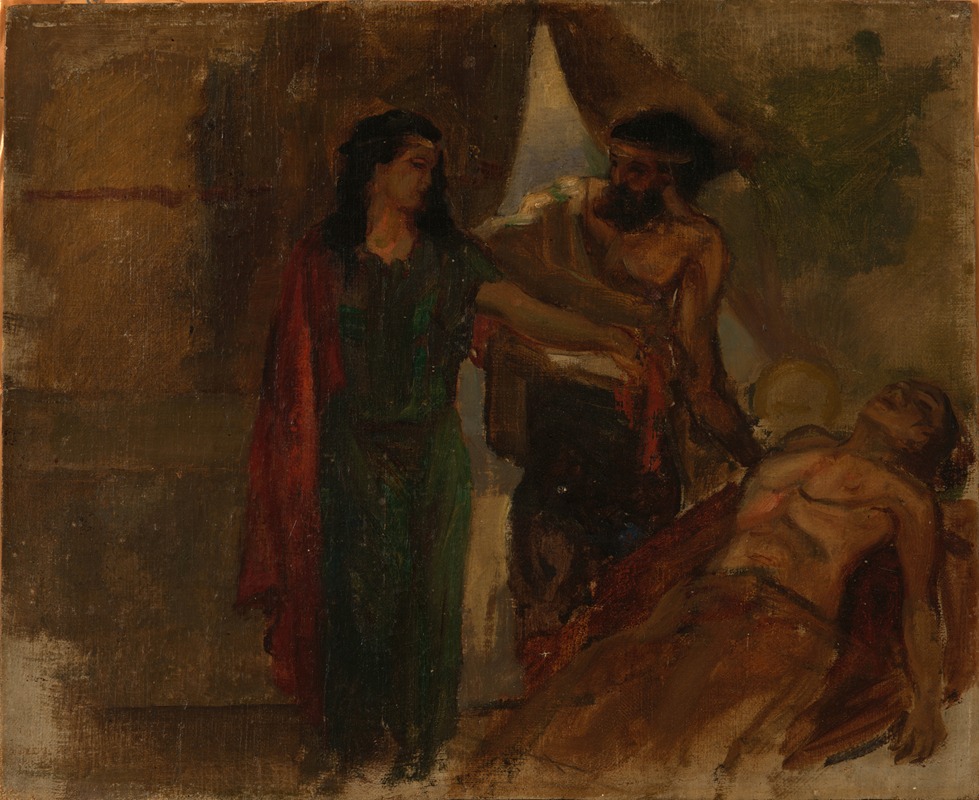
Biblical Scene
A hand-painted replica of James Ensor’s masterpiece Biblical Scene, meticulously crafted by professional artists to capture the true essence of the original. Each piece is created with museum-quality canvas and rare mineral pigments, carefully painted by experienced artists with delicate brushstrokes and rich, layered colors to perfectly recreate the texture of the original artwork. Unlike machine-printed reproductions, this hand-painted version brings the painting to life, infused with the artist’s emotions and skill in every stroke. Whether for personal collection or home decoration, it instantly elevates the artistic atmosphere of any space.
James Ensor, a prominent Belgian painter and printmaker, is known for his unique and often provocative works that blend elements of symbolism, expressionism, and surrealism. One of his notable works is "Biblical Scene," which reflects his distinctive style and thematic interests. Ensor was born in 1860 in Ostend, Belgium, and spent most of his life there, drawing inspiration from the coastal town's vibrant atmosphere and its carnival traditions.
"Biblical Scene" is a painting that exemplifies Ensor's fascination with religious themes, a common subject in his oeuvre. Ensor often used biblical narratives to explore complex themes such as morality, hypocrisy, and the human condition. His approach to these subjects was far from traditional; instead, he infused them with his characteristic sense of irony and satire.
In "Biblical Scene," Ensor employs a vivid color palette and dynamic composition, elements that are hallmarks of his style. The painting features a crowded scene, filled with figures that are both grotesque and comical, a reflection of Ensor's interest in the absurdity of human behavior. This chaotic assembly of characters is typical of Ensor's work, where he often depicted large groups of people in a manner that critiques societal norms and conventions.
Ensor's use of masks and distorted figures in "Biblical Scene" is particularly noteworthy. Masks were a recurring motif in his art, symbolizing the facades people wear in society. This theme is evident in many of his works, where he uses masks to convey the idea of hidden truths and the duality of human nature. In "Biblical Scene," the masks and exaggerated expressions of the figures add a layer of complexity, inviting viewers to question the sincerity and authenticity of the depicted characters.
The painting also reflects Ensor's interest in the interplay between light and shadow, a technique he used to enhance the dramatic effect of his compositions. His brushwork is expressive, contributing to the overall sense of movement and energy in the scene. This dynamic quality is a testament to Ensor's ability to convey emotion and narrative through his art.
Ensor's "Biblical Scene" can be seen as a commentary on the religious and social issues of his time. By reinterpreting biblical stories through his unique lens, Ensor challenges viewers to reconsider their perceptions of these narratives. His work often provoked strong reactions, as it defied the conventional artistic norms of the late 19th and early 20th centuries.
Throughout his career, Ensor remained an influential figure in the art world, inspiring future generations of artists. His innovative approach to subject matter and technique paved the way for movements such as expressionism and surrealism. "Biblical Scene" is a testament to Ensor's enduring legacy and his ability to capture the complexities of human experience through his art.
In summary, James Ensor's "Biblical Scene" is a vivid and thought-provoking work that exemplifies the artist's unique style and thematic interests. Through his use of color, composition, and symbolism, Ensor invites viewers to engage with the deeper meanings behind the biblical narratives, offering a critique of societal norms and human behavior.





